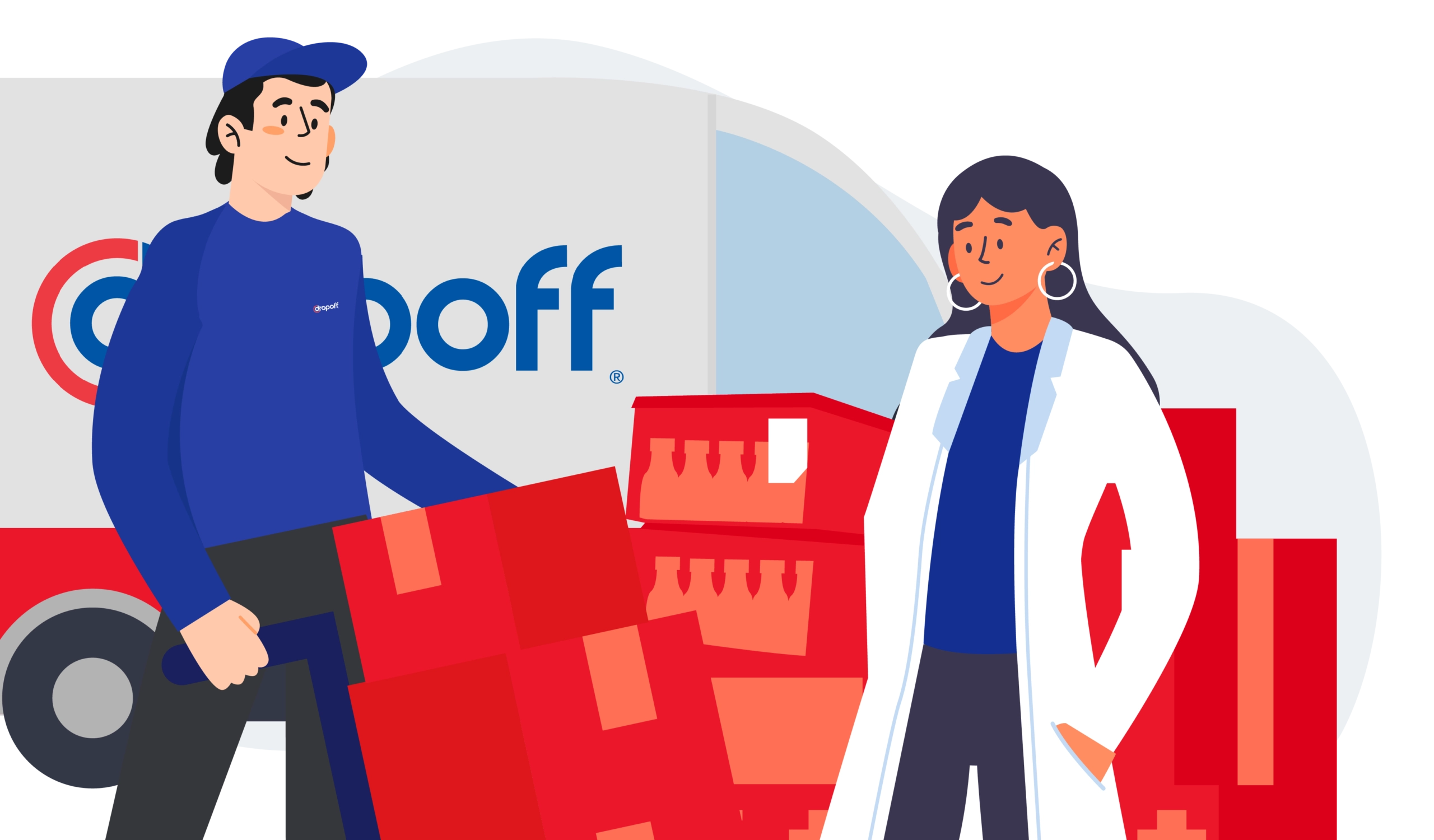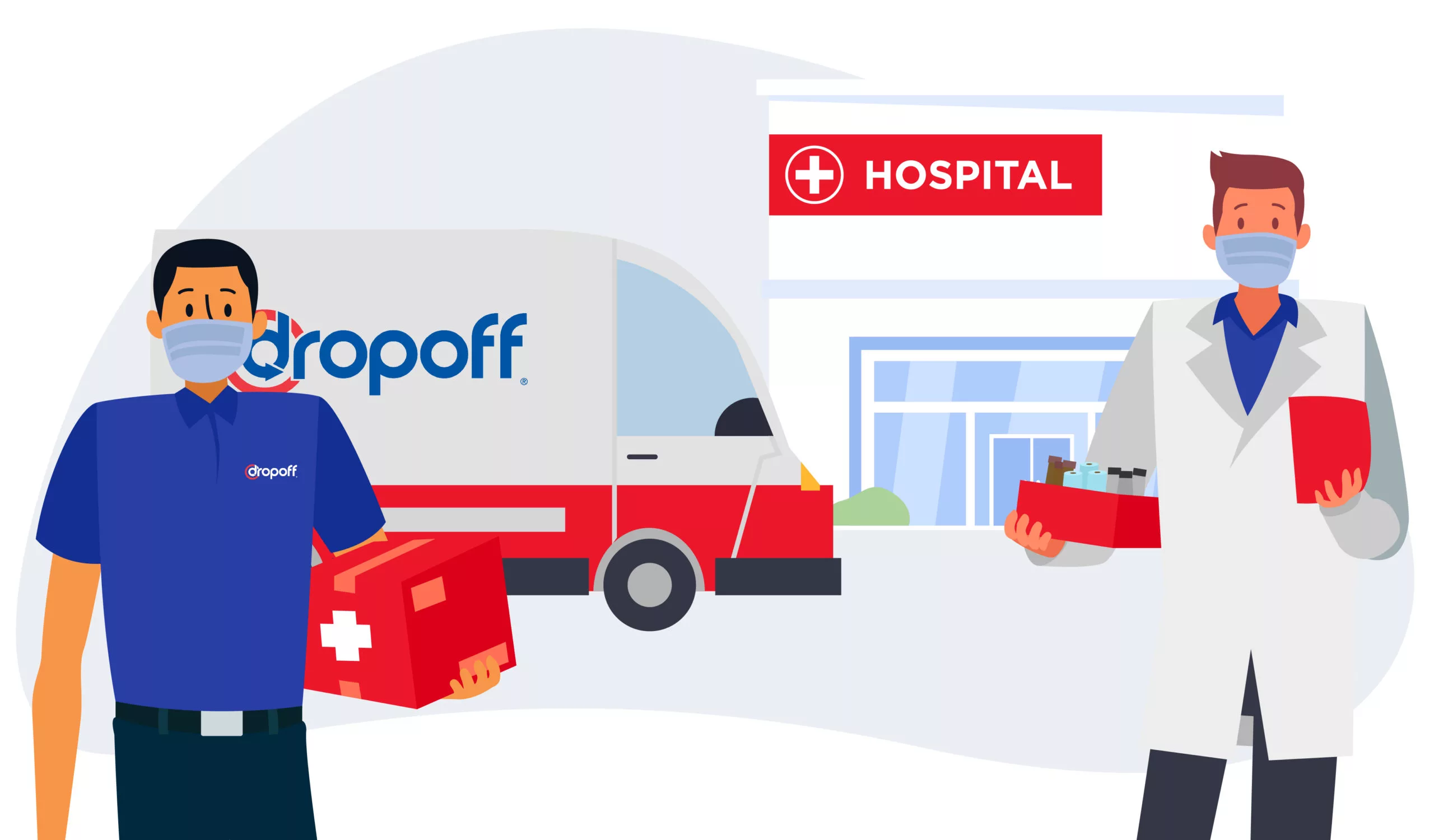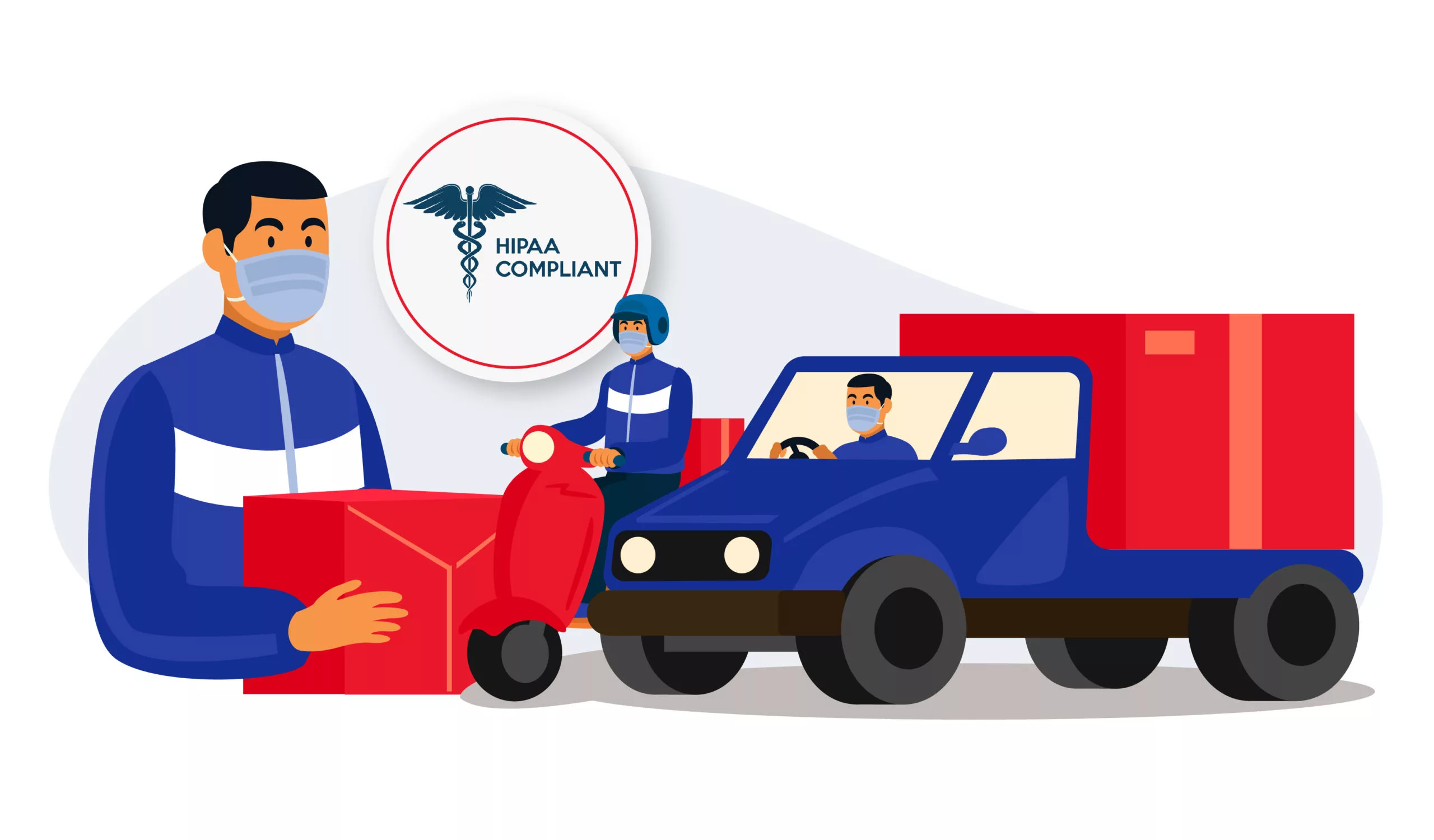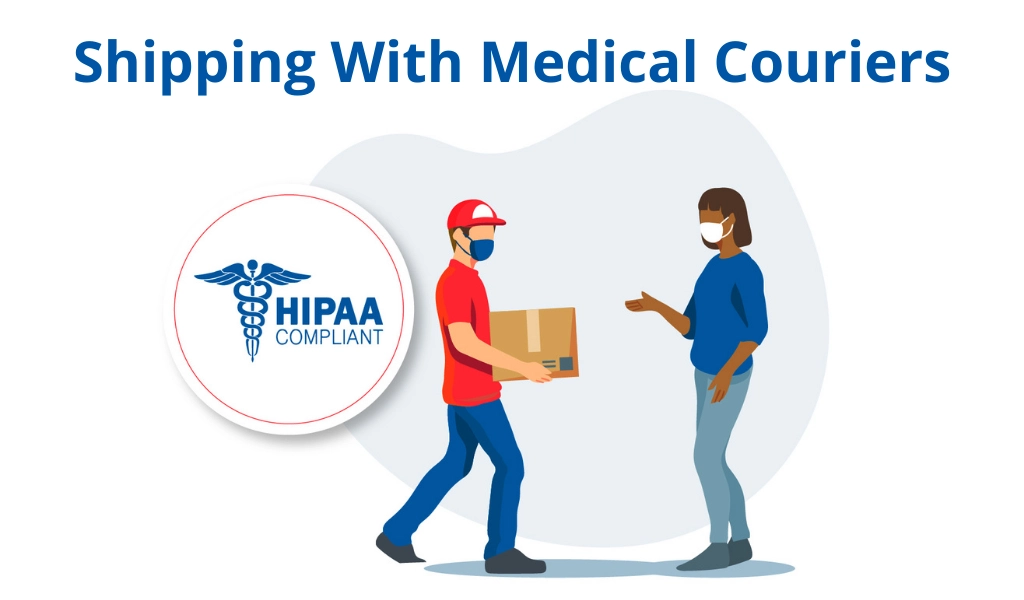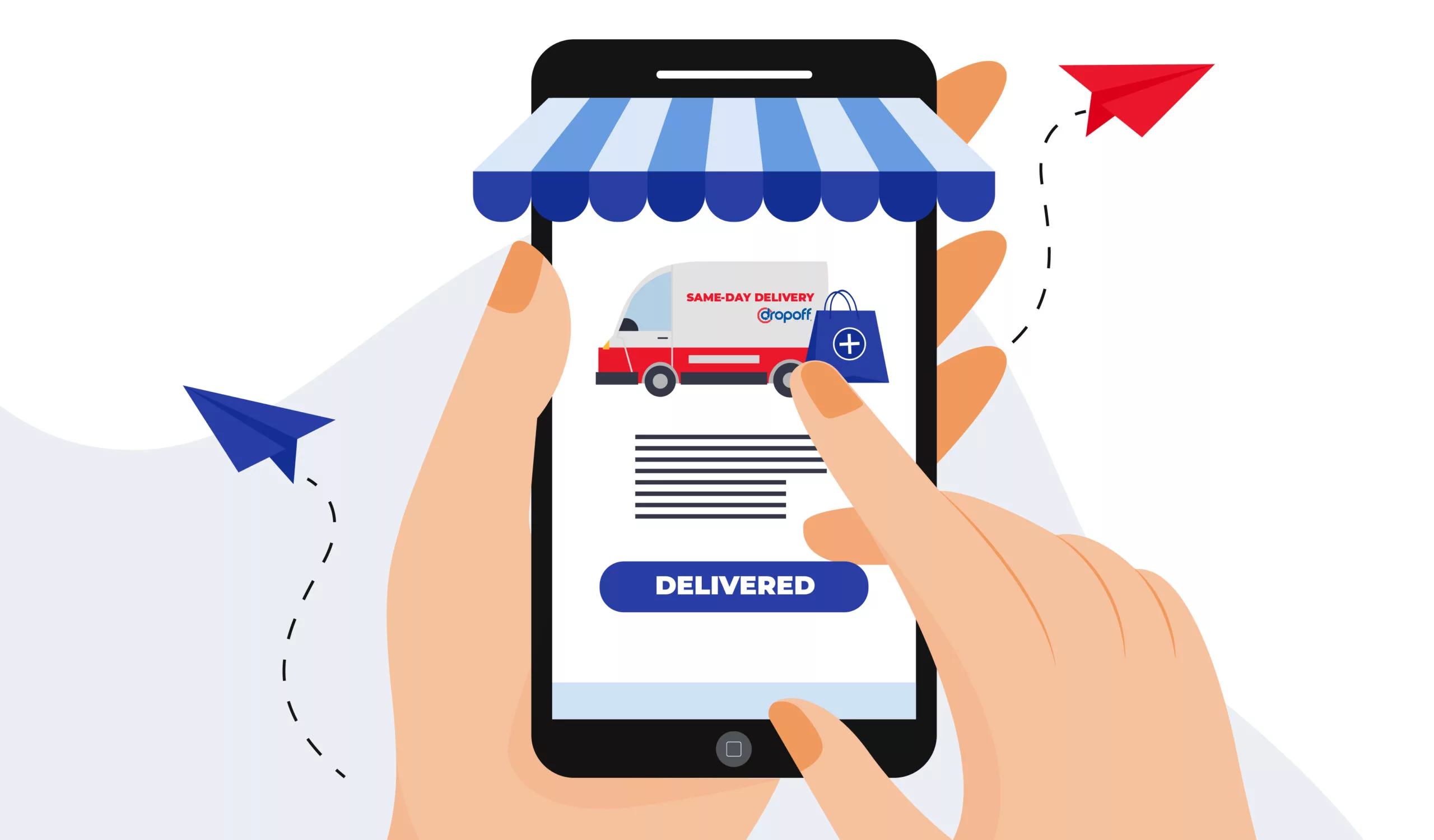In-Depth Guide To Digital Pharmacy in 2024: From Myths to Reality
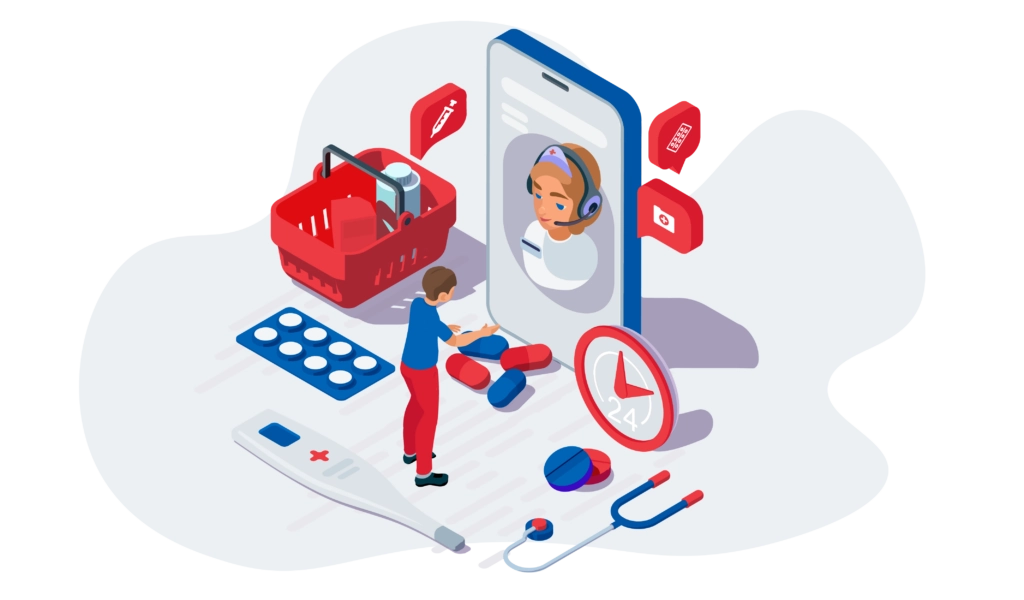
The healthcare landscape is rapidly evolving, thanks to the enormous jolt the COVID-19 pandemic has given the world. At the forefront of this transformation is the rise of digital pharmacies, and by 2024, experts believe that such services will be more prevalent internationally in both private and public health sectors.
While it’s undeniable that digital pharmacies bring numerous benefits to patients and healthcare workers alike, some remain skeptical about the process. This in-depth guide navigates the realm of digital pharmacies, exploring their origin and operational dynamics by addressing common myths associated with this innovative approach to healthcare.
What is Digital Pharmacy and How it Evolved
Digital pharmacies, at the intersection of healthcare and technology, offer consumers online access to pharmaceutical services via websites or mobile apps. They provide virtual consultations, personalized care through AI and machine learning, medication adherence tracking, and tailored health recommendations through emerging technologies.
Like other healthcare services, digital pharmacies are accredited through VIPPS to ensure safety and healthcare compliance. Alongside the tech infrastructure used, the logistics that dispenses and delivers the medications are also monitored by health organizations.
Contrary to misconceptions, digital pharmacies have existed for almost three decades, with platforms like Drugstore.com emerging in 1999 and initiatives like the VIPPS program ensuring consumer safety. Partnerships like Alto Pharmacy and Mark Cuban Cost Plus Drug Company exemplify the shift towards low-cost medications with delivery options, reflecting changing consumer preferences.
The COVID-19 pandemic accelerated the growth of digital pharmacies, with 42 million items sold through distance-selling pharmacies in 2020. The digital pharmacy market, valued at $83.45 billion in 2021, is projected to reach $340.17 billion by 2030.
This rise is attributed to the increasing prevalence of chronic diseases and the emergence of digital pharmacy companies like Amazon Digital Pharmacy, CVS Digital Pharmacy, Capsule Digital Pharmacy, and Walmart Digital Pharmacy. Such rapid acceptance underscores the convenience, accessibility, and efficiency of digital pharmacies in ushering in a patient-centric era.

Pros and Cons Each Digital Pharmacy Owner Should Know
While digital pharmacy is a highly lucrative niche that business owners can explore, the industry still has some challenges. Before getting into the business, here are its pros and cons which you should know:
Pros:
- Convenience for Customers
Adherence to therapies is a primary determinant of treatment success. Digital pharmacies offer a convenient way for customers to order, receive, and stay on top of their medications from the comfort of their homes, contributing to higher patient adherence, such as direct-to-patient logistics.
2. Wider Accessibility
Recent surveys suggest that approximately 3.5 million patients skip their treatment because of the inaccessibility of their providers. Through digital pharmacies and improved pharmaceutical shipping, patients, especially those in remote areas, can access a diverse range of pharmaceutical services without geographical limitations, expanding the potential customer base.
3. Personalized Care
Leveraging advanced technologies like AI and machine learning allows digital pharmacies to provide personalized care through virtual consultations and tailored health recommendations, enhancing overall patient outcomes.
4. Operational Efficiency
Forbes has reported that automation and digitization of administrative tasks contribute to $18 billion in savings for the entire healthcare industry. These processes effectively streamline internal processes, increasing operational efficiency and potentially reducing costs.
Cons:
- Lack of Physical Presence
A 2023 research reveals that 30% of patients perceived telemedicine services inferior to in-person consultations. Some patients may miss a traditional pharmacy’s in-person interactions and physical presence, potentially leading to feelings of detachment.
2. Technological Barriers
71% of older adults don’t access the internet, let alone utilize medical apps or websites for their healthcare. Elderly or technologically challenged individuals may face difficulties adapting to digital pharmacy platforms, limiting accessibility for certain demographics.
3. Data Security Concerns
The healthcare industry has experienced numerous data breaches in 2023. The Tricare data breach alone compromised approximately 5 million of patient data. With the digitization of healthcare, maintaining robust cybersecurity measures is crucial to protect patient information and preserve trust. Any compromise in security can erode confidence in online healthcare services.
4. Market Competition
The digital pharmacy market is becoming increasingly competitive, requiring business owners to invest in differentiation strategies to stand out among competitors. Businesses aren’t only competing with each other but also with multi-billion brands such as Amazon and Walmart.

Dispelling 10 Myths About Digital Pharmacy
To fully comprehend the opportunities digital pharmacies bring, business owners must learn the truths behind common myths of the industry.
Myth 1: Lack of Personalized Care
The global personalized medicine market is projected to reach $869.5 billion by 2031. Such a huge leap shouldn’t come as a surprise, as more and more patients understand that personalized medication offers more precise, predictable, and robust treatment for them.
Contrary to the perception that digital pharmacies offer a generic and impersonal approach, these platforms are at the forefront of personalized healthcare. Leveraging advanced technologies such as Artificial Intelligence (AI) and machine learning, digital pharmacies provide tailored services. Virtual consultations, medication adherence tracking, and personalized health recommendations based on individual health data are integral components of the care offered by these platforms.
Myth 2: Compromise Medication Safety
During COVID-19 alone, more than 5.6 billion doses were opened, discarded, or exceeded their expiry for numerous reasons, including an improper supply chain. On top of this, international medical organizations report that global healthcare waste costs approximately $15 billion annually.
Ensuring medication safety is a top priority for digital pharmacies. The cold chain logistics of modern pharmacies should adhere to regulatory standards and implement secure practices throughout the medication journey, from storage and packaging to delivery. Integrating automated systems enhances accuracy, significantly reducing the risk of errors and upholding the safety of medications.
Myth 3: Exclusive for Tech-Savvy Individuals
While we can’t deny that digital pharmacies may pose a significant learning curve for elders and technologically challenged people, digital pharmacies are starting to design user-friendly interfaces with remarkable customer support services to cater to all individuals.
This is exemplified by Walgreens, the second-largest pharmacy chain in the United States, which has developed a user-friendly app interface tailored to simplify the online medication purchasing process. With key functions like buying medicines, managing prescriptions, and even facilitating communication with healthcare providers, Walgreens showcases the commitment of digital pharmacies to bridging accessibility gaps and catering to individuals of all technological proficiencies.
Myth 4: There’s No Accreditation
Contrary to the belief that digital pharmacies operate without accreditation, many undergo rigorous processes to obtain accreditation.
National Association of Boards of Pharmacy’s (NABP) Digital Pharmacy Accreditation, instituted in 1999, signifies a gold standard for online pharmacies, denoting a commitment to upholding laws and professional pharmacy care standards. This esteemed 3-year accreditation is granted to pharmacies with interactive websites, reflecting practices like patient counseling and prescription orders.
Preceding Digital Pharmacy Accreditation, pharmacies must attain accreditation through NABP’s Healthcare Merchant program, enabling eligibility for advertising on major platforms and recognition on NABP’s safe site list.
Myth 5: Compromise Patient-Pharmacist Relationships
Numerous types of research have verified that patient-pharmacist relationships significantly influence patients’ treatments. While the interaction in digital pharmacies may be virtual, the focus on building and maintaining strong patient-pharmacist relationships remains paramount.
These platforms employ personalized consultations, communication channels, continuous support mechanisms, and, in the case of Walgreens, a virtual chat feature with a pharmacy expert available 24/7 to foster meaningful connections and ensure a patient-centric approach.
Myth 6: Only for Common Medications
Contrary to the belief that digital pharmacies cater solely to common medications, they offer a comprehensive range that includes specialty drugs and treatments for chronic conditions.
This expansive coverage reflects the commitment of digital pharmacies to provide diverse healthcare solutions. As exemplified by Walgreens, their Find Care™ platform has introduced Chronic Care Management for patients with diabetes, asthma, and chronic obstructive pulmonary disease (COPD).
This initiative involves collaborating with leading manufacturers like Dexcom and Propeller Health and integrating state-of-the-art health monitoring devices. Walgreens’ user-friendly platform allows patients to manage their chronic conditions effectively through personalized consultations, connected devices, and digital therapeutic solutions.
Myth 7: Digital Pharmacies Are Impersonal
Personalization stands as a cornerstone in digital pharmacies. These platforms leverage patient data to deliver tailored medication regimens, personalized health advice, and targeted interventions. Far from being impersonal, digital pharmacies prioritize individualized care experiences.
Take Rite Aid, for instance, which goes beyond the transactional nature of online pharmacy services. Rite Aid’s innovative approach allows users to integrate technology seamlessly into their traditional pharmacy practices.
The app features a user-friendly catalog for purchasing medicines via smartphones, including the ability to create family accounts for a shared medical list, navigation assistance to locate the nearest pharmacy with available medicines, and a bonus system offering Rite Aid Rewards points for additional savings. The platform showcases how digital pharmacies can foster a human connection by enhancing convenience, and personalization, and even incentivizing cost-effective healthcare choices.
Myth 8: Compromise Emergency Services
Collaborating with local emergency services is a common practice for digital pharmacies. This collaboration ensures timely and efficient responses to critical situations. Digital pharmacies promptly address prescription refills and urgent medication needs, emphasizing their commitment to emergency services.
For instance, HealthDirect Pharmacy Services, a leading digital pharmacy solution, offers comprehensive emergency medication security and services 24/7/365. Their pharmacists are available around the clock, promptly delivering emergency medications ordered during and after normal business hours.
HealthDirect’s commitment extends to Skilled Nursing Facility (SNF) clients, offering enhanced contingency medication security with automated dispensing cabinets, ensuring optimal resident care, and managing off-hours deliveries effectively. This demonstrates that digital pharmacies prioritize and actively enhance emergency services, debunking the myth of compromised care.
Myth 9: Lack of Regulatory Oversight
Regulatory bodies maintain a close watch on digital pharmacies, ensuring stringent compliance with healthcare regulations. The National Association of Boards of Pharmacy (NABP) administers a rigorous accreditation process for digital pharmacies.
To attain Digital Pharmacy Accreditation, pharmacies must undergo a comprehensive evaluation, including policy and procedure reviews, licensure verification, and on-site surveys. The accreditation, issued for three years, requires annual compliance reviews during the second and third years. Furthermore, businesses should also comply with the Food and Drug Administration (FDA) Digital Health Center of Excellence which monitors digital health innovation.
Myth 10: More Expensive to Maintain
Digital pharmacies often provide competitive pricing, leveraging efficiencies in operations to offer cost-effective solutions. For example, centralizing dispensing of top-moving medications can yield significant savings, reducing fill costs by $9 to $10 compared to manual filling. In contrast to potential losses of $2 or more per prescription due to Direct and Generic Effective Rate (DIR and GER) fees, pharmacies utilizing digital solutions can generate $8 per fill, presenting a game-changing equation.
Reducing operational costs and transparent pricing models contribute to patient cost and operations savings. This dispels the myth of digital pharmacies being more expensive, emphasizing their financial efficiency and value-driven approach.
Logistics Management of Digital Pharmacies
The logistics management process for digital pharmacies revolves around the seamless handling of medications, ensuring efficient delivery from suppliers to end-users. Here’s a quick run-through of digital pharmacies’ supply chain:
Firstly, customers initiate the process by placing orders through the digital platform and specifying prescribed medications, quantities, delivery details, and any relevant instructions. This triggers an intricate order processing system that electronically verifies prescriptions, checks medication availability, and facilitates virtual consultations if needed. As part of the logistics, digital pharmacies maintain a real-time digital inventory system, employing automated alerts to prevent stockouts and ensure timely replenishment.
Medications are then retrieved from the inventory, and a pharmacist or automated system accurately dispenses the prescribed dosage. The medications are securely packaged, often with detailed labeling and dosage instructions, adhering to stringent quality assurance protocols. This emphasis on quality control ensures the accuracy and safety of the dispensed medications. The logistics system then coordinates efficient last-mile delivery, planning optimal routes for couriers who deliver medications directly to customers’ doorsteps.
Throughout the process, robust customer communication is vital. Real-time updates are sent to customers, including confirmation, dispatch, and estimated delivery times. Lastly, data analytics plays a crucial role in optimizing operations. Insights from order patterns, delivery times, and customer feedback are used to enhance efficiency, reduce costs, and improve the overall customer experience.
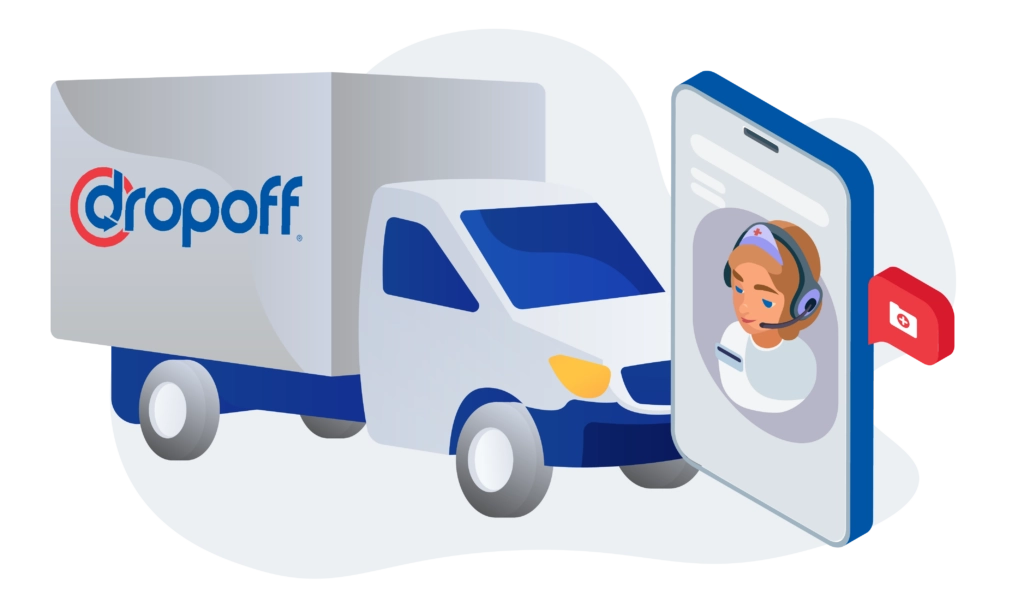
How Dropoff Can Become a Reliable Partner for Digital Pharmacy
Reliable and efficient delivery services are paramount for running digital pharmacies. Dropoff stands out as a trusted partner for digital pharmacies with its commitment to secure and timely deliveries, ensuring a seamless transition from the virtual to the physical realm. Leveraging advanced logistics solutions, Dropoff enhances the digital pharmacy experience by prioritizing speed, security, and real-time tracking.
Dropoff’s special courier services, specifically tailored for medical businesses, offer a range of expert solutions. The medical courier service provided by Dropoff ensures secure and speedy same-day deliveries, catering to the unique needs of medical labs, supply companies, pharmacies, hospitals, vet clinics, blood centers, infusion centers, and fertility clinics. With vetted and professional drivers, HIPAA and bloodborne pathogen certifications, and a focus on high on-time delivery rates, Dropoff provides the utmost reliability in healthcare logistics.
Final Thought
The digital pharmacy landscape is dynamic, dispelling myths and embracing technological advancements. As the industry continues to evolve, the collaboration between digital pharmacies and logistics partners like Dropoff will define the future of healthcare delivery.
FAQs
Digital pharmacies blend healthcare and technology, offering online access to pharmaceutical services. They’ve been around for almost three decades, and their growth spiked during the COVID-19 pandemic.
Pros include convenience, wider accessibility, personalized care, and operational efficiency. Cons involve the need for physical presence, technological barriers, data security concerns, and intense market competition.
Digital pharmacies dispel myths like lacking personalized care, compromising safety, being exclusive, lacking accreditation, compromising relationships, catering only to common medications, being impersonal, lacking emergency services, lacking regulatory oversight, and being expensive. Industry examples showcase individualized care, safety, accreditation, relationships, comprehensive coverage, and affordability.


